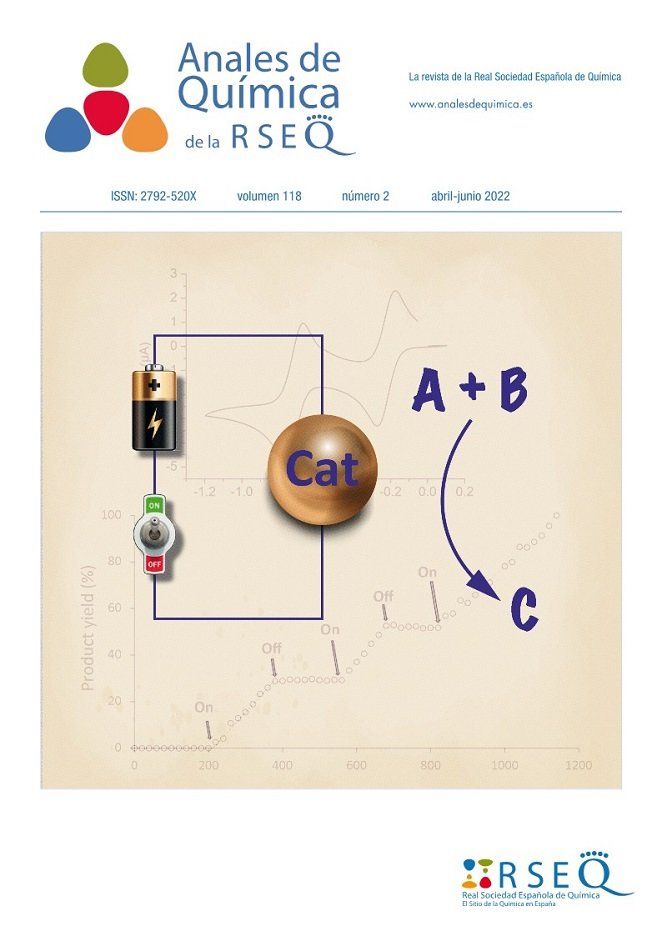Abstract
This article briefly explores the history of tetraethyllead, from its discovery as a gasoline antiknock agent in 1921 until its total world ban. It is examined how, thanks to industrial lobbying, advertising, and lacking independent scientific research, this compound could be so extensively used, despite its extreme toxicity. Also, the alternatives to tetraethyllead available at that time are reviewed, which were well known to the people that promoted its use. Finally, the role of Clair Patterson in drawing attention to the risks of global lead contamination is featured.


